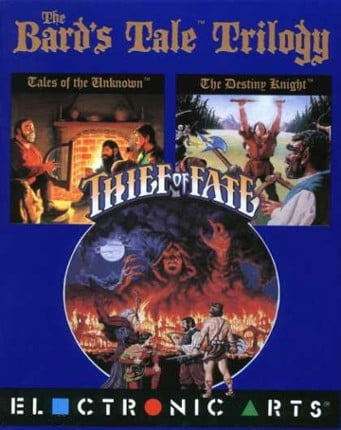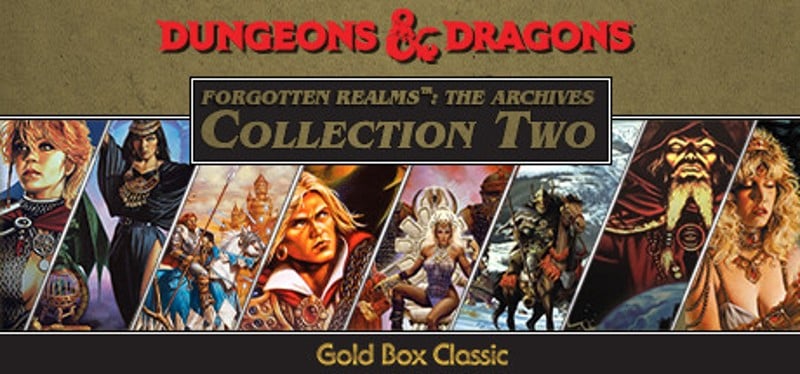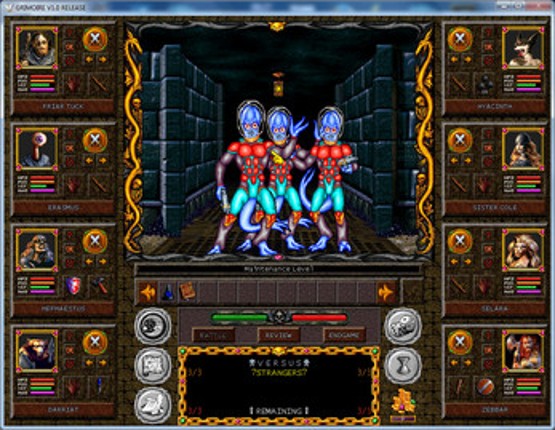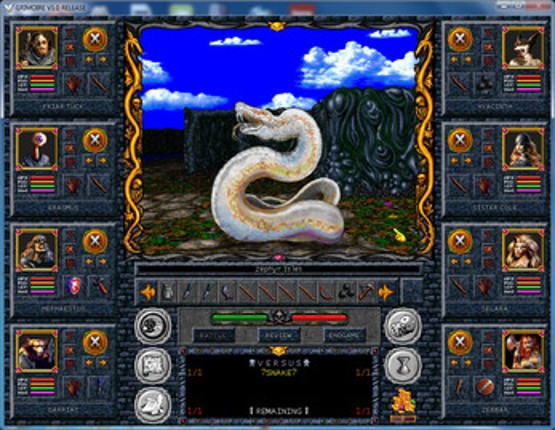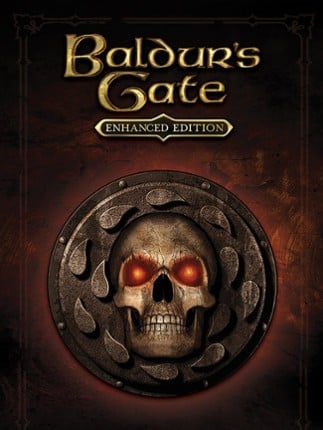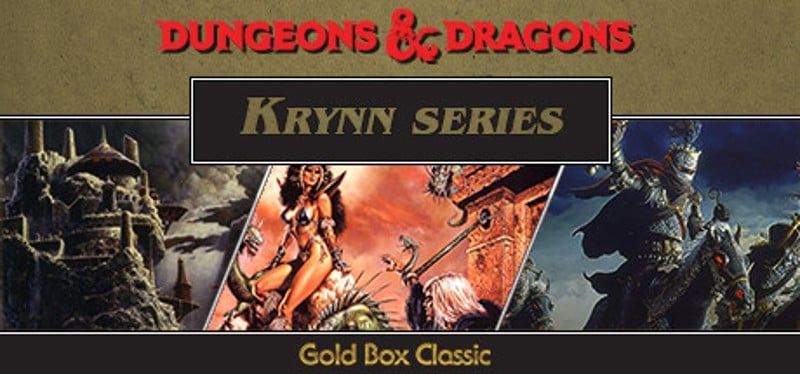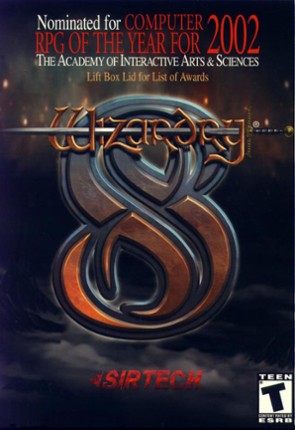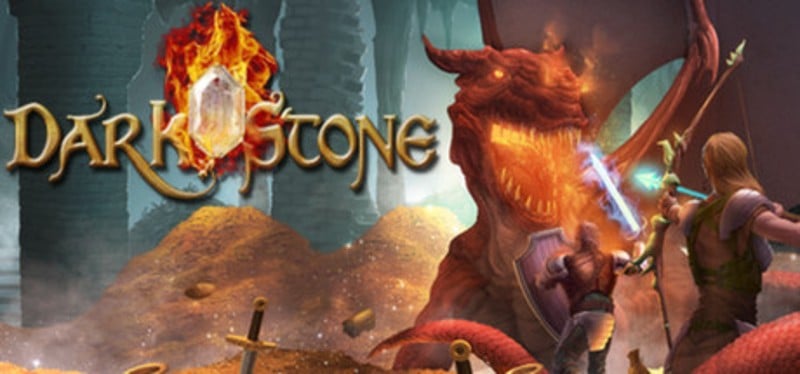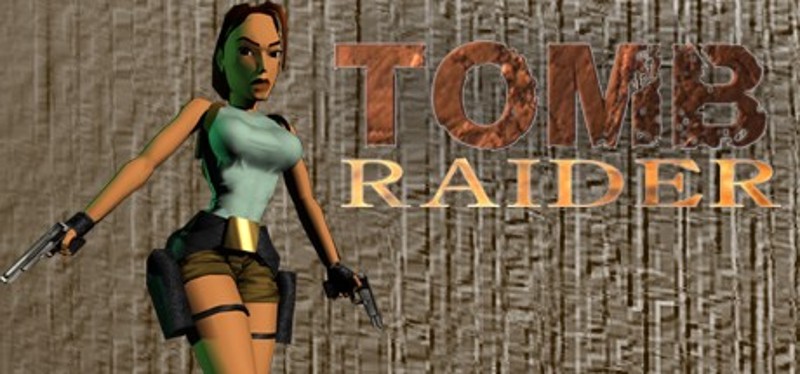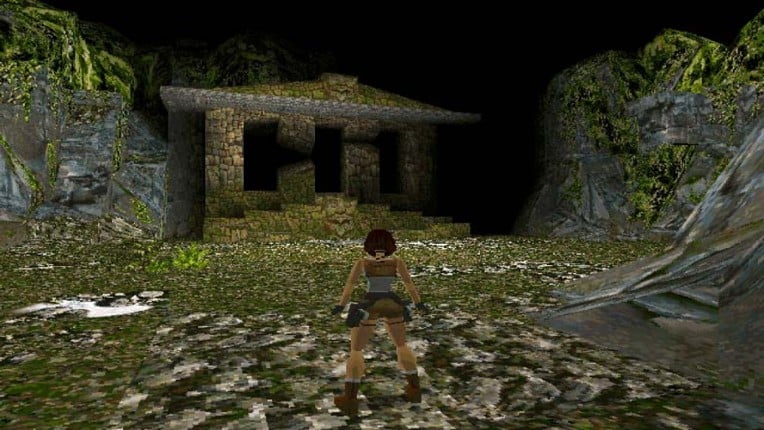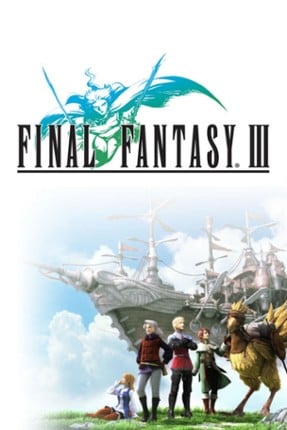- March 29, 2022
- Westwood Associates
- 2h median play time
Forgotten Realms: The Archives - Collection One
Platforms
About
Forgotten Realms: The Archives – Collection One is a strategy role-playing game set in the famous Dungeons & Dragons' fantasy world. This collection includes the games "Pool of Radiance," "Curse of the Azure Bonds," "Secret of the Silver Blades," and "Pools of Darkness," all remastered for modern systems. Embark on epic quests, battle formidable foes, and explore a rich and immersive world filled with magic, mystery, and adventure.
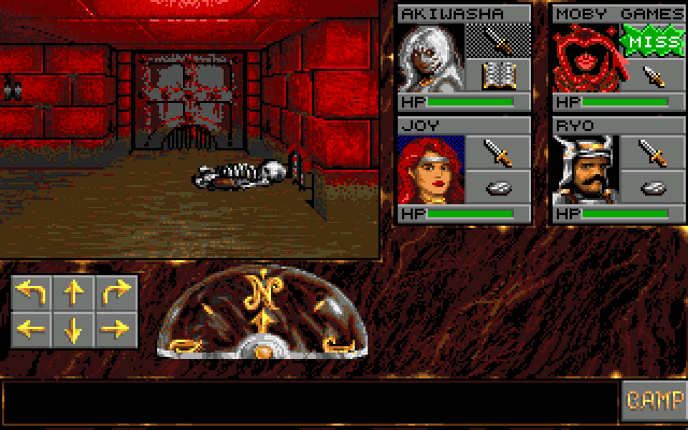
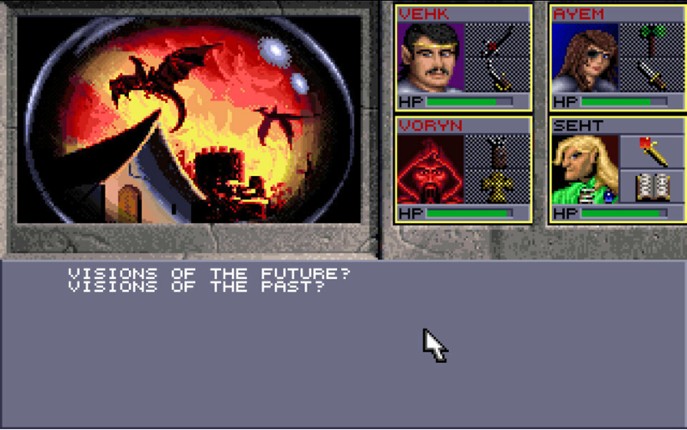
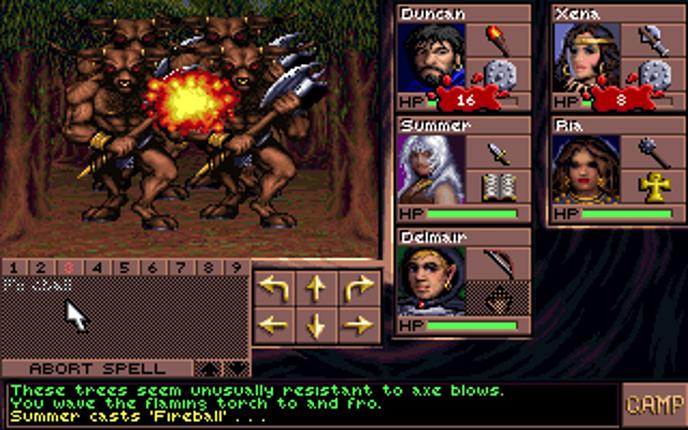

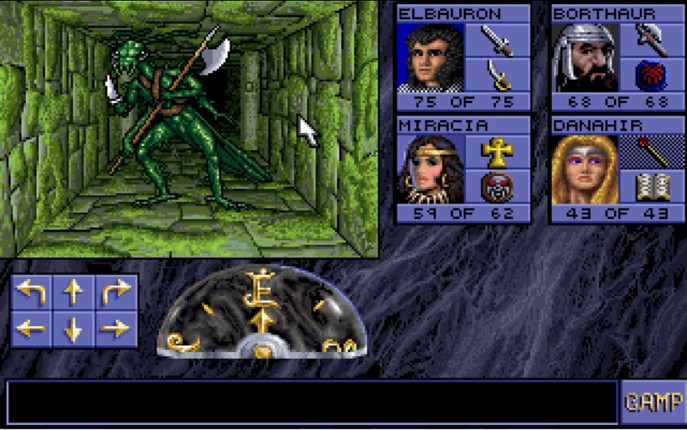
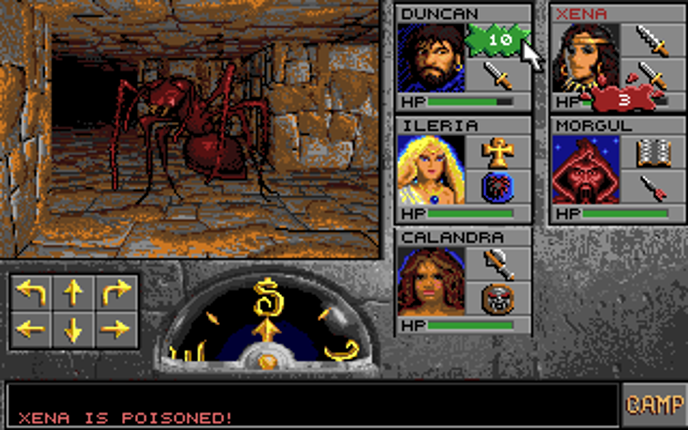
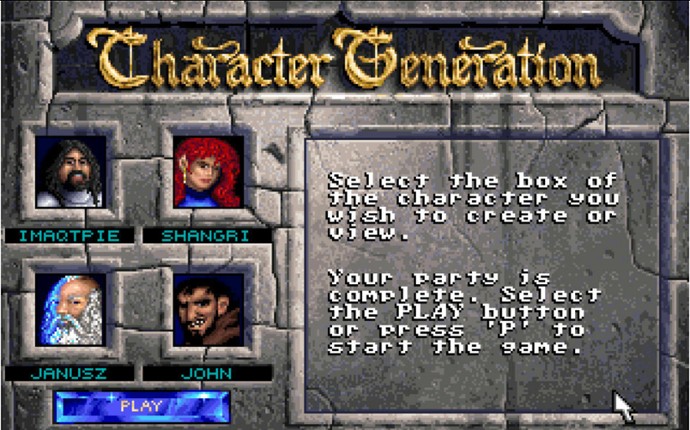
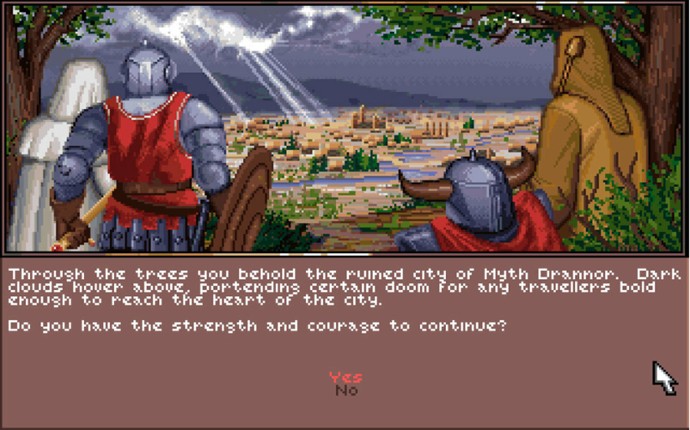
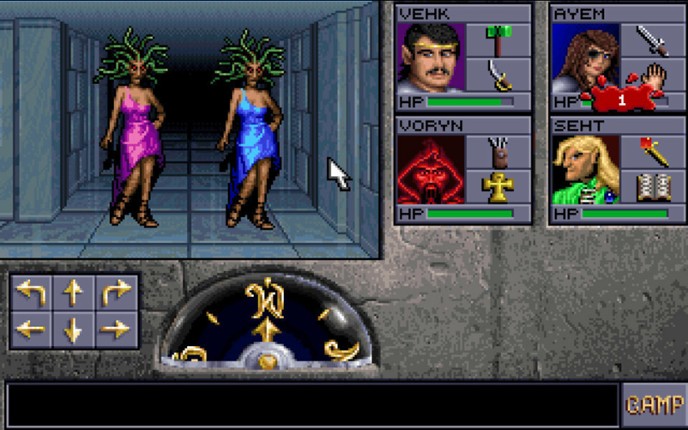
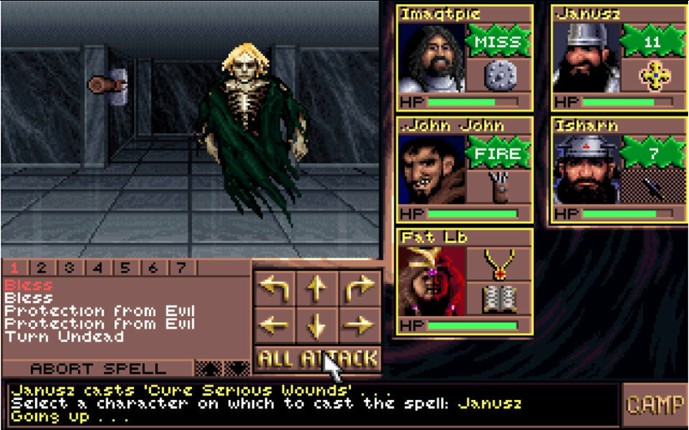
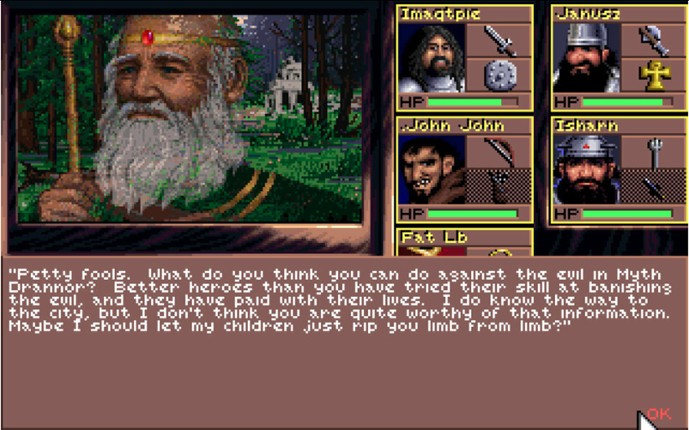
- The Eye of the Beholder trilogy is a nostalgic trip down memory lane, capturing the essence of classic dungeon crawlers with enjoyable gameplay.
- The addition of quality of life features like the All-Seeing Eye automapper enhances the experience, making exploration and puzzle-solving more manageable.
- Despite its dated graphics and controls, the series remains a beloved classic among fans of old-school D&D and dungeon crawling.
- The controls are clunky and dated, making gameplay frustrating, especially for new players unfamiliar with the mechanics.
- The third installment of the trilogy is considered lackluster compared to the first two games, with some players feeling it doesn't hold up as well.
- Technical issues, such as save file problems and poor performance on modern systems, detract from the overall experience.
story
24 mentions Positive Neutral NegativeThe story across the three games is set in the world of Waterdeep, featuring a typical Dungeons & Dragons adventure where players embark on a quest to defeat a big bad evil guy (BBEG). While the plots are interconnected and provide some backstory, they are not heavily emphasized, allowing for a focus on gameplay rather than narrative depth. Each game offers a concise experience, with additional lore and content available, such as short stories in the manuals, enhancing the overall RPG experience without overwhelming players with lengthy narratives.
“As for the story, it's set in the world of Waterdeep, where over 1,000 years ago, it was once a harboring town for merchants until it grew into a prosperous kingdom with plenty of inhabitants ruled by a high council.”
“Whereas 'The Assault on Myth Drannor' contains an entire short story which introduces a few topics that come up during the course of the game, as well as one of the recruitable NPCs.”
“Eye of the Beholder 2 is a fantastic dungeon crawler, with a good mix of exploration, combat, and story elements.”
“The plot doesn't feature that heavily in the games themselves, as is common with most dungeon crawlers.”
“The story is typical of any D&D adventure.”
“You and your other three party members are on a quest to kill a big bad evil guy (BBEG), that's all you need to know.”
